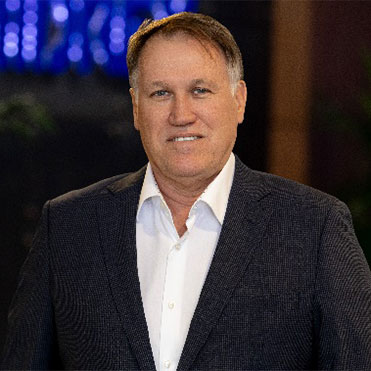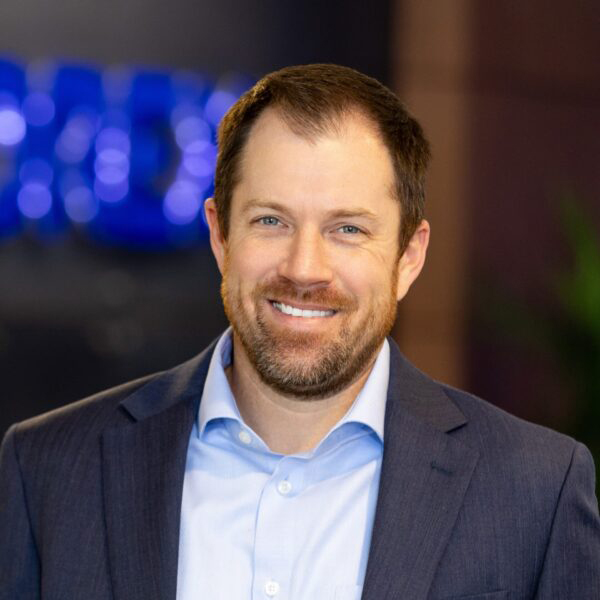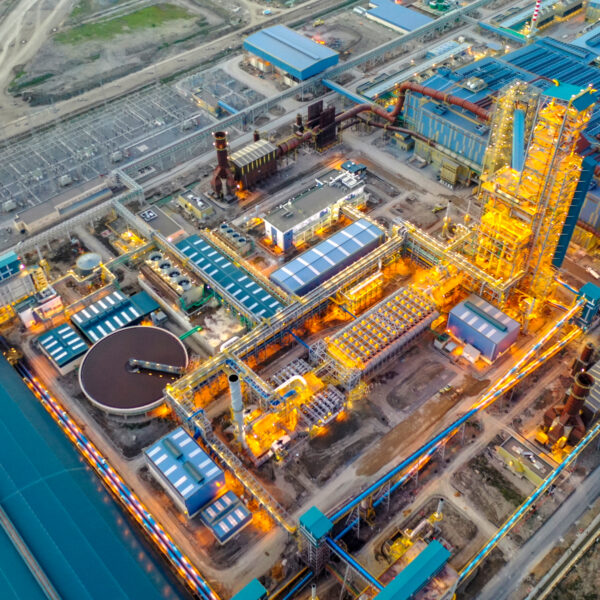Investing in a Partnership, Not Just a Plant
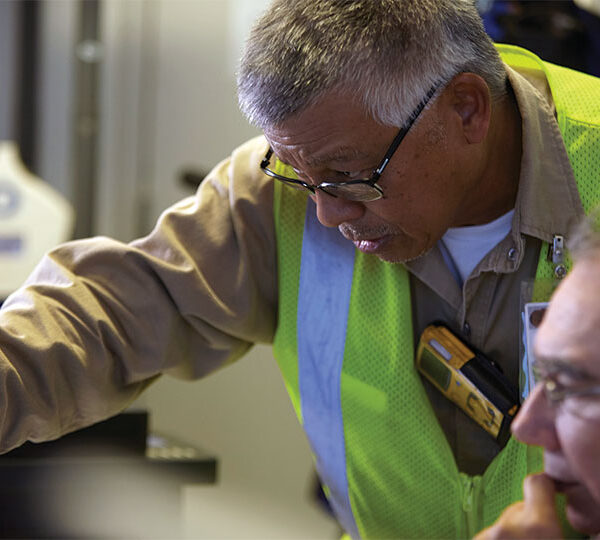
Introduction
There is a saying that “two heads are better than one.” Multiply that many times over and you see why Midrex decided to take a different approach to technology transfer from the outset. Conventional thinking at the time was for companies to own, manage, and operate plants based on their technology. This approach tended to protect and preserve the technology but did little to achieve industrial self-reliance of the host nations. Moreover, it limited further development of the technology beyond the capability of the developer and the plants it controlled.
Midrex recognized the importance of creating a collaborative partnership with the growing number of process licensees that have been operating MIDREX® Plants worldwide since the 1970s. This bi-directional exchange of knowledge, expertise, and experience benefits both Midrex and our current and future licensees and shows that the plant sale is only the beginning of a partnership that lasts for the life of the plant and makes everyone a winner.

FIGURE 1.
Life cycle of a plant
Life Cycle of a Midrex Plant
The typical life cycle is shown in Figure 1, and consists of:
- Plant design
- Plant supply
- Plant operations
- Plant maintenance
- Plant enhancement
Throughout its life, the plant and its equipment are continually assessed and improved, as needed.
During each phase, there are specific roles for Midrex and our licensees. However, it is the interaction between the parties that yields mutual benefits and maximizes the operating life of the plant.
Plant Design and Procurement
From day one, the client and Midrex become a team. There will always be a scope split, necessitating collaboration from the start. Midrex and its construction partners are often responsible for the core plant, with the client responsible for the balance of the plant, such as material handling. This requires an information exchange on many fronts, such as the layout and clear battery limits. Often an existing licensee will share previous plant issues and propose solutions to us, such as conveyor angles and speeds. Sometimes a client will request to fabricate vessels, and we will share and exchange design information with them. However, regardless of scope split, Midrex is responsible for the plant passing the performance test and will be actively involved with the entire plant.
“From day one, the client and Midrex become a team. There will always be a scope split, necessitating collaboration from the start.”
Construction & Commissioning
Typically, the client will have a third-party construction company or companies responsible for erecting the plant. Midrex will provide construction advisors to help ensure the plant is constructed according to design. Our advisors are effectively involved in protecting both the client’s investment and the Midrex guarantee of plant performance.
Before moving into commissioning, Midrex is actively involved in client training to prepare its team to properly operate and maintain the plant during the performance tests and for the commercial life of the plant.
Operation & Maintenance
Once the performance tests have been completed and all Midrex personnel have left the site, the client determines the level of Midrex involvement. This is the longest phase of a plant’s life, when the value proposition of the Midrex/Client partnership is most evident: a successfully operating plant results in profits for the client and a stronger Midrex.
This is when our collaboration with the operating plants becomes customized to their individual needs. It is also an area where we now offer advanced services, such as:
- Remote Professional Services (RPS) for real-time operational collaboration
- Water Treatment Services (WTS) for chemical supply and technician assistance
- Turnkey solutions that expand the supply of equipment to include not just advisory services but installation and start-up with operational guarantees

Plant and Equipment Assessments and Upgrades
A MIDREX Plant is always evolving, driven by:
- Feedback from other plants
- Advancements in technology
- A need for increased production or cost reduction
When a piece of equipment nears the end of its operational life, the question becomes, “Do we replace like-for-like or look for an upgrade?” An example is reformer tubes. If a plant has 10-inch tubes, can it go to 10.5 or 11-inch tubes and will this result in more DRI production? Are there bottlenecks that could prevent this? If so, what are they? This is where Midrex and the client can explore together the options and make an informed decision.
Client requests also drive equipment changes. Recently, a client requested the oxygen injection skid be designed to allow its use from start-up. This has resulted in reduced carbon build-up in the oxygen injection area of the duct, as well as operational savings. This improvement is now available to the entire family of MIDREX Plants.
Focus on What You Do Best
What does a Midrex Process Licensee do best and what does Midrex do best? And more importantly, how can we benefit each other? Plants know how to make DRI and keep their plants operating, while Midrex, as the process developer, has proprietary software and design knowledge and focuses on optimizing and debottlenecking process systems, improving equipment designs and specialized support areas, such as water, turnkey installation, etc. When their expertise is combined, there are decades of proven results to show for it.
The successes achieved can be attributed to both teams working together with a common goal in mind, “finding the solution and not the blame,” an attitude that drives sustainable success. When we join forces and share our expertise, we both win.
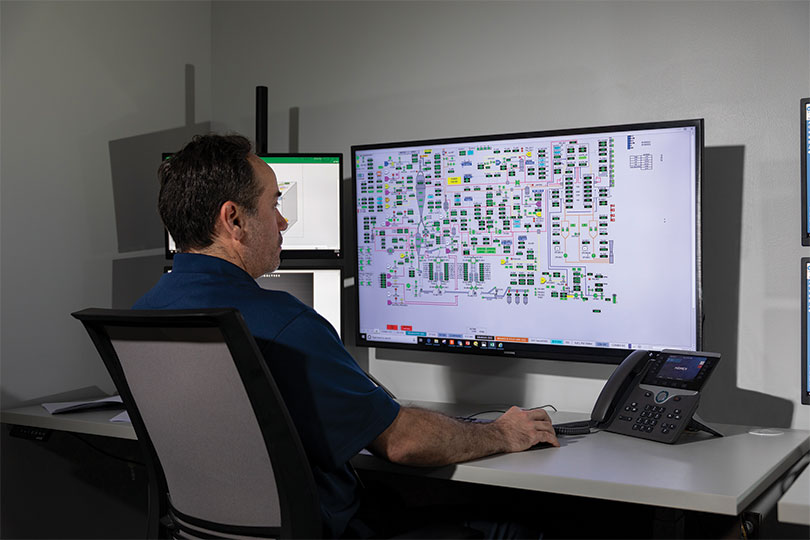
Successes
Here are but a few of the many success stories:
- Nu-Iron and the Midrex RPS team collaborated to increase hourly production by approximately 30 tons.
- Antara HBI operations team working with the Midrex water treatment team have run a three-year campaign without any down days for cleaning and packing, unheard of previously.
- Jindal Shadeed Sohar Hadeed and DRIC had their furnaces relined by Midrex and have had no hot spots or refractory issues during operation.
This issue of Direct From Midrex features articles about test work at the Midrex Research & Technology Development Center comparing the structure and physical characteristics of DRI produced with natural gas and with hydrogen and a summary of the operation of MIDREX Plants in 2024. News & Views celebrates the record-setting achievements of Jindal Steel Sohar, the long DR industry career of David Durnovich and recognizes the appointment of John Linklater and Matt Rea to head Midrex Global Solutions, and the 35th anniversary of the start-up of LISCO Module 2.
